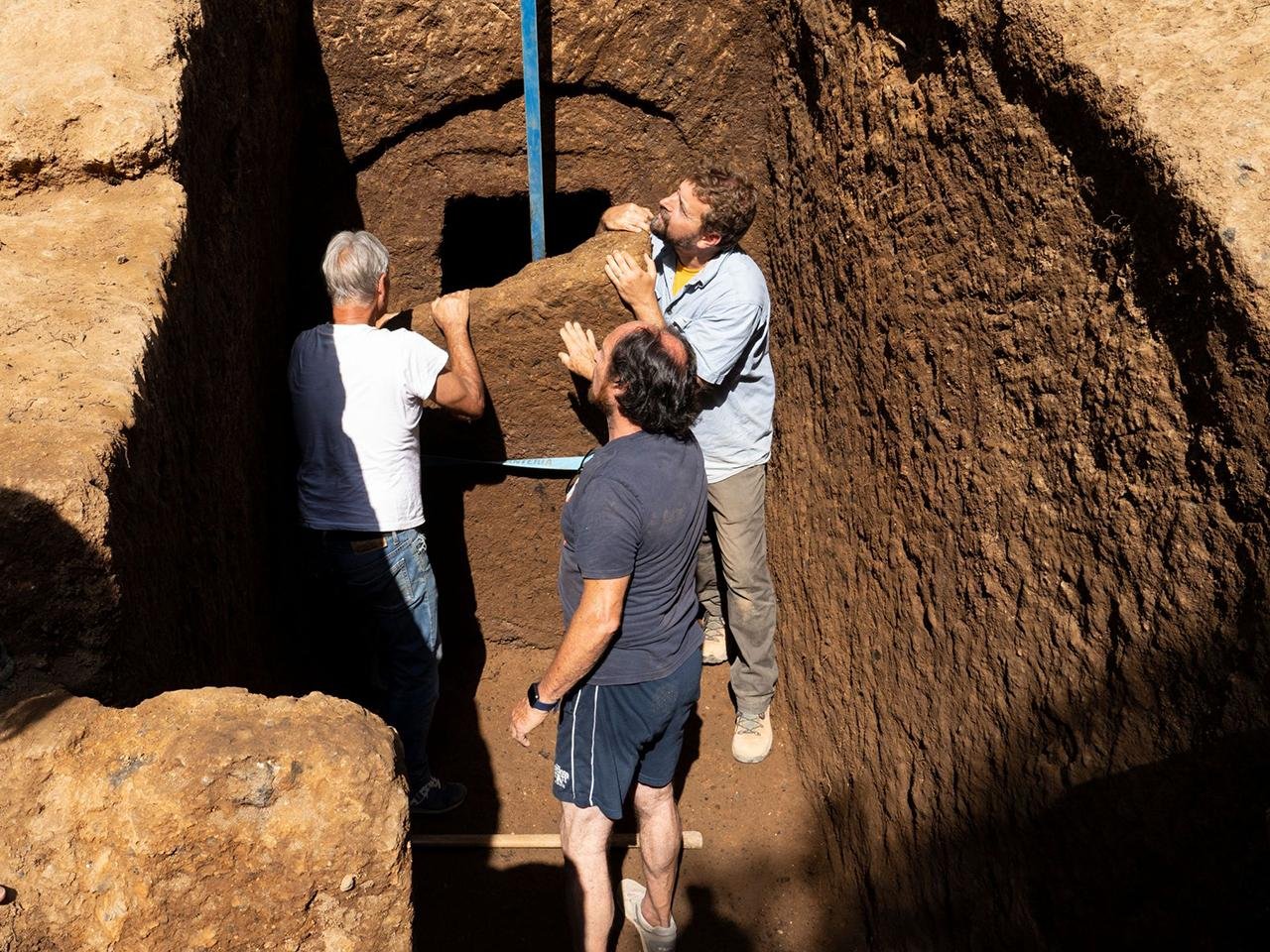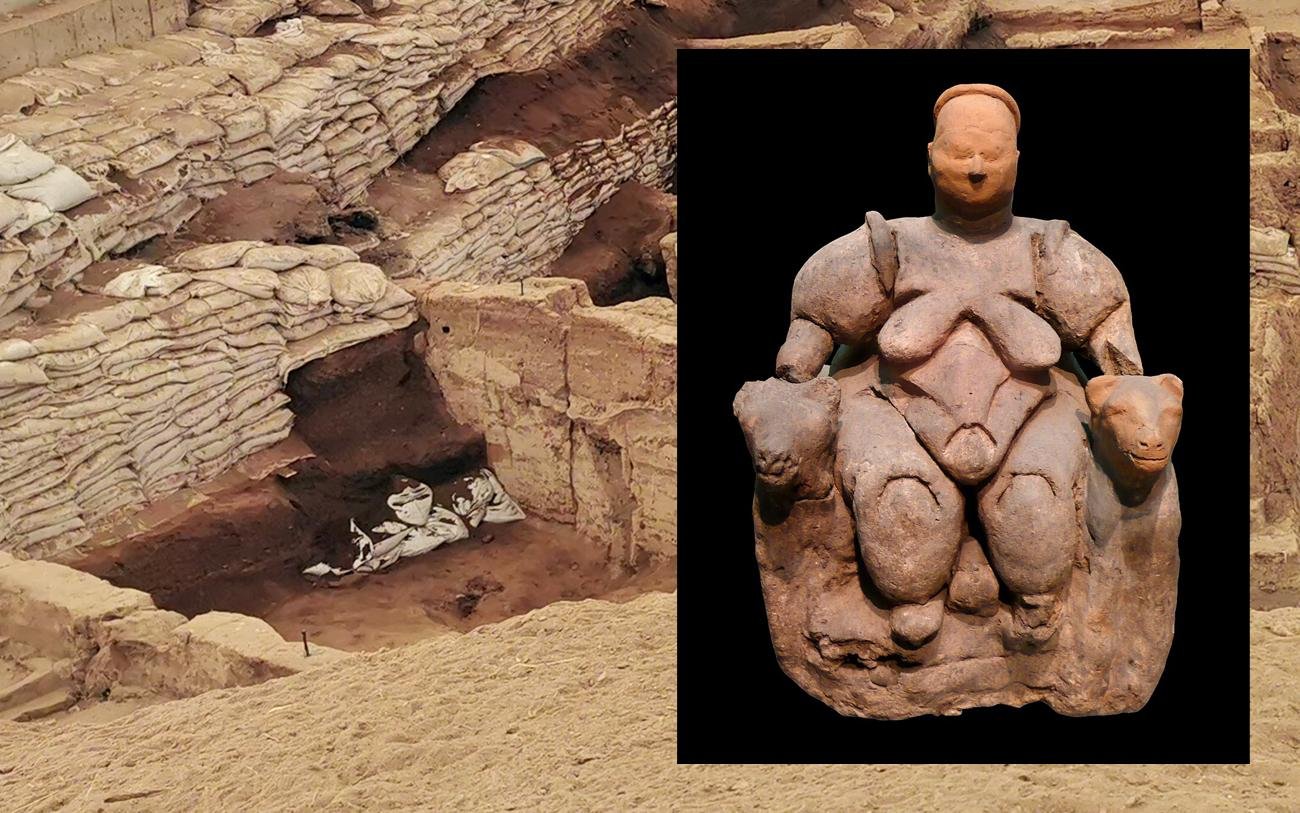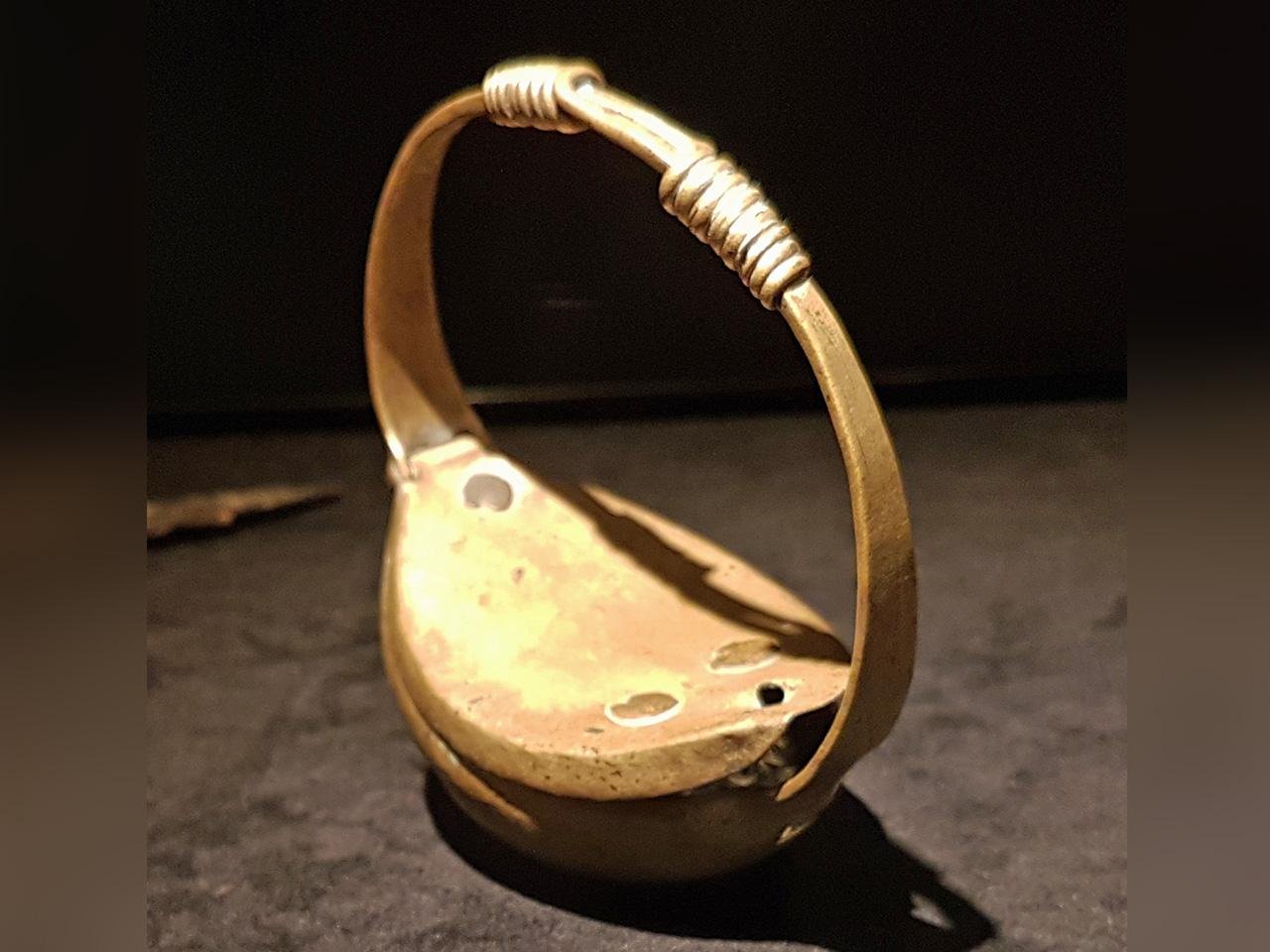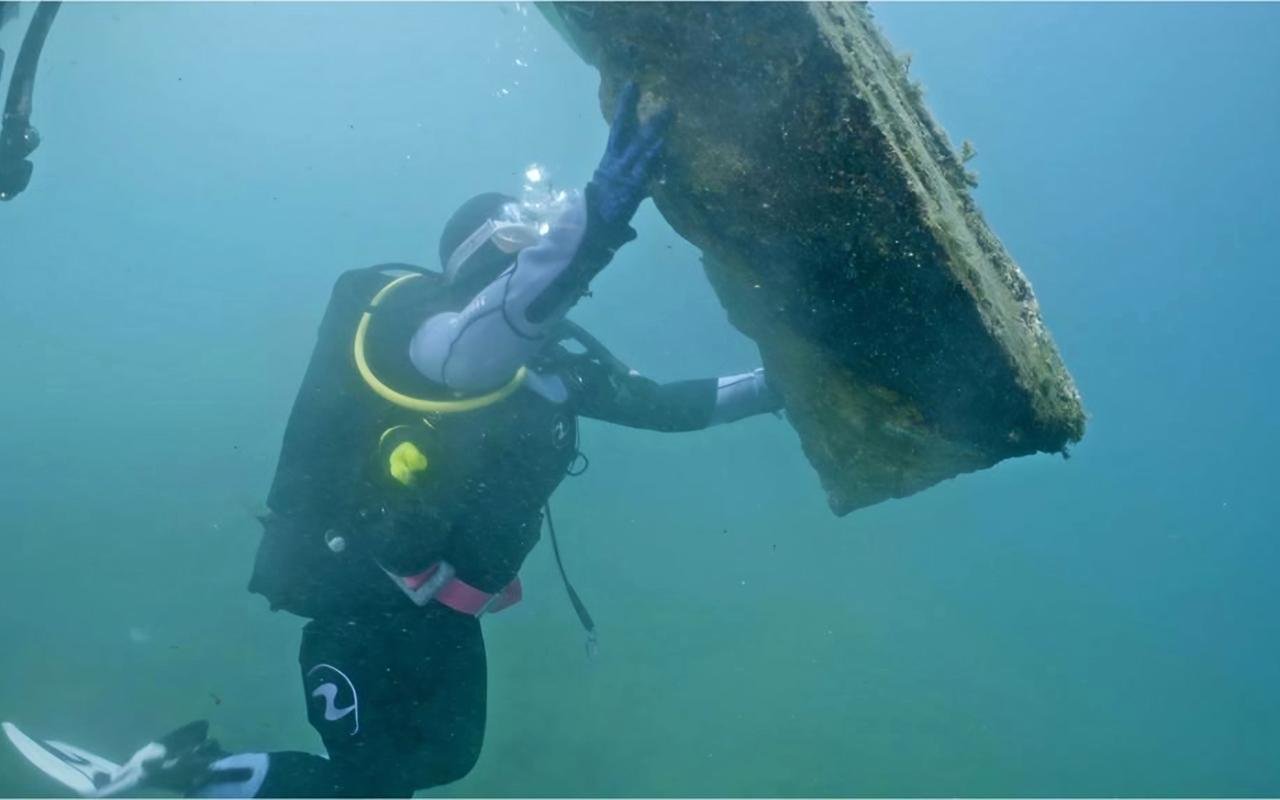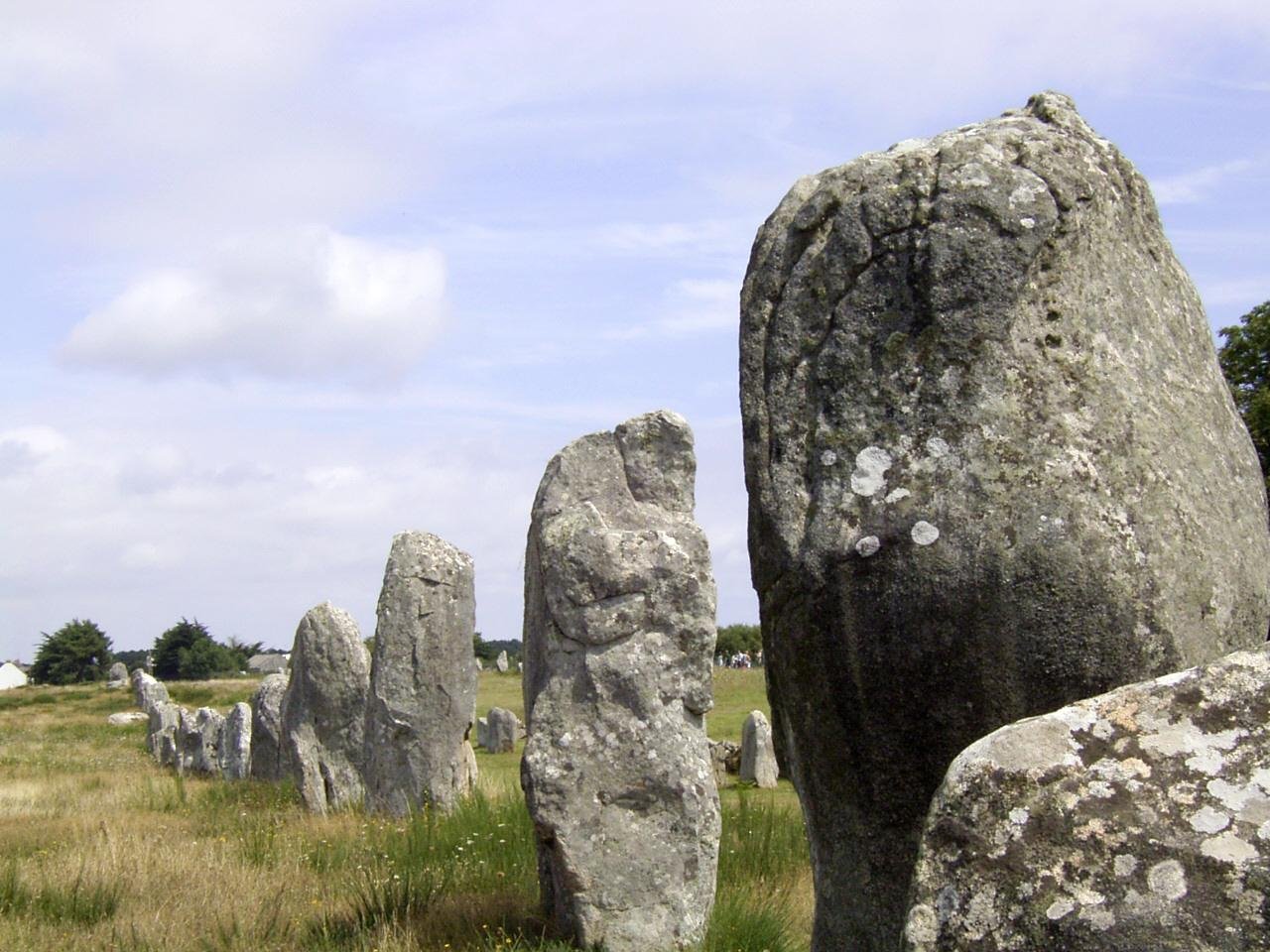An exceptionally rare bracelet from the Viking Age has been found in a wetland area near Löt on the island of Öland, Sweden, by a private person. The find has drawn significant attention because of its unusual composition. Most Viking-era bracelets were made from silver or bronze, while this particular piece is made of iron, which is very uncommon.
The County Administrative Board of Kalmar County issued a press release about the find, stating that iron bracelets from this period are rare. Archaeologist Karl-Oskar Erlandsson from the County Administrative Board in Kalmar noted that of the 1,000 Viking bracelets in Sweden’s National Historical Museum, only three are made of iron. There have been other finds on Gotland, but there are no comparable examples of this type of bracelet.
The over-1,000-year-old bracelet has an open-ended “C” shape with both ends sculpted into animal heads. The length of the bracelet is adorned with a row of dots. The preservation of the iron bracelet is exceptional, especially because iron is corrosive; however, thanks to the oxygen-poor environment of the wetland, preservation was possible.
Experts suggested the bracelet could either have been lost or deposited as a sacrificial offering. This has encouraged archaeologists to study the site more thoroughly with metal detectors.
The bracelet’s discovery site, Öland, is Sweden’s second-largest island and was a significant trading hub during the Viking Age. Öland is surrounded by the Baltic Sea, and it had strong connections to the south and southeast.
This latest find adds to Öland’s archaeological history and provides more information about Viking Age practices and material culture. The bracelet is presently being analyzed by experts.
